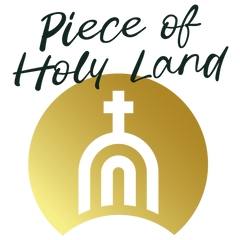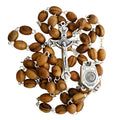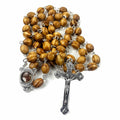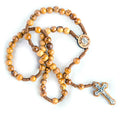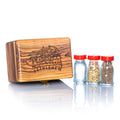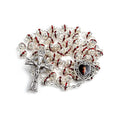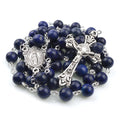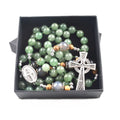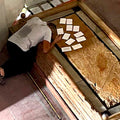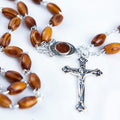The Cultural Significance of Catholic Crucifixes Across the Globe
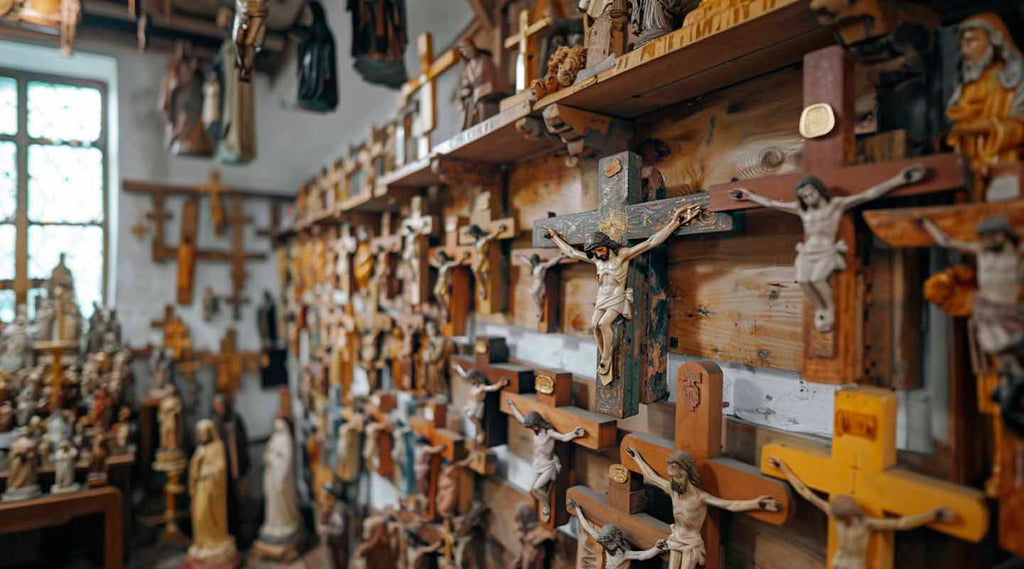
The crucifix, a symbol deeply ingrained in Catholic tradition and faith, holds a place of reverence not just within the church but also across various cultures around the world. As the quintessential representation of Christ's sacrifice for humanity, crucifixes transcend mere religious iconography to embody a rich tapestry of cultural significance and spiritual depth. From the sacred lands where Christianity was born to the homes and churches of believers globally, crucifixes are a central element of devotion, reflecting both a personal and communal expression of faith. This article explores the multifaceted cultural and spiritual significance of Catholic crucifixes, alongside the role of holy land gifts, holy water, and Christian jewelry in enriching the Catholic faith.
Crucifixes - Symbol of Sacrifice and Redemption
At its core, the crucifix represents the ultimate sacrifice of Jesus Christ—his death on the cross for the salvation of humanity. This symbol serves as a constant reminder to the faithful of the depth of God's love and the price of their redemption. In Catholicism, the presence of the body of Christ (corpus) on the cross distinguishes the crucifix from other cross symbols, emphasising the humanity and suffering of Christ.
A Global Emblem of Faith
Across continents, the crucifix is a universal emblem of Catholic faith, embodying the global reach of Christianity. From the grand cathedrals of Europe and the Americas to the humble chapels in Africa and Asia, crucifixes are prominently displayed, signifying unity in faith amidst diverse cultures. They serve as a bridge, connecting the global Catholic community through a shared symbol of devotion.
Cultural Adaptations and Interpretations
The design and portrayal of crucifixes vary significantly across cultures, reflecting local artistic traditions, materials, and theological emphases. In Latin America, for instance, crucifixes often incorporate vivid imagery and symbols of local significance, blending the Catholic faith with indigenous traditions. In contrast, European crucifixes might emphasise the historical and artistic heritage of Christianity, showcasing intricate craftsmanship and materials like wood from the Holy Land, precious metals, and stones.
Role in Personal and Liturgical Practices
Catholic crucifixes play a crucial role in both personal devotion and liturgical practices. In homes, crucifixes are a focal point for prayer and reflection, often accompanied by holy land gifts and holy water, enriching personal worship spaces with a sense of sacred presence. In the liturgical context, crucifixes anchor the worship space, guiding the congregation's focus toward the sacrifice of the Mass, symbolizing Christ's continued presence among his people.
Connection to the Holy Land and Sacred Traditions
The Holy Land, as the birthplace of Christianity, holds profound significance for Catholic crucifixes. Many believers seek crucifixes made from olive wood or other materials sourced from the Holy Land, cherishing these as holy land gifts that carry the essence of sacred history. These crucifixes, alongside holy water and Christian jewelry from the region, serve as tangible connections to the land of Christ's life, death, and resurrection, deepening the spiritual and cultural resonance of these symbols.
Evolution and Contemporary Significance
Over the centuries, the crucifix has evolved from a simple symbol of faith to a complex emblem reflecting contemporary issues and theological dialogues. Today, crucifixes continue to inspire artists and believers alike, adapting to reflect modern aesthetics and concerns while retaining their profound spiritual significance. They stand as a testament to the enduring relevance of Christ's sacrifice, inviting reflection on issues of suffering, redemption, and the universal human condition.
Conclusion:
The cultural significance of Catholic crucifixes spans continents and centuries, reflecting a rich mosaic of faith, art, and tradition. These sacred symbols, along with holy land gifts, holy water, and Christian jewellery, enrich the spiritual lives of believers, offering a profound connection to the divine and a universal expression of Catholic identity. As we embrace these symbols in our personal and communal practices, we deepen our connection to the global Catholic community and the sacred traditions that bind us. Through the crucifix, we are reminded of the enduring power of sacrifice and the unifying love at the heart of the Catholic faith, transcending cultural boundaries to inspire believers across the globe.
